8 passive solar design features to make any home a hot property
Passive heating and cooling’s ability to overcome extreme weather for a low cost will make any property stand out. Follow this expert advice to ensure you do it right.
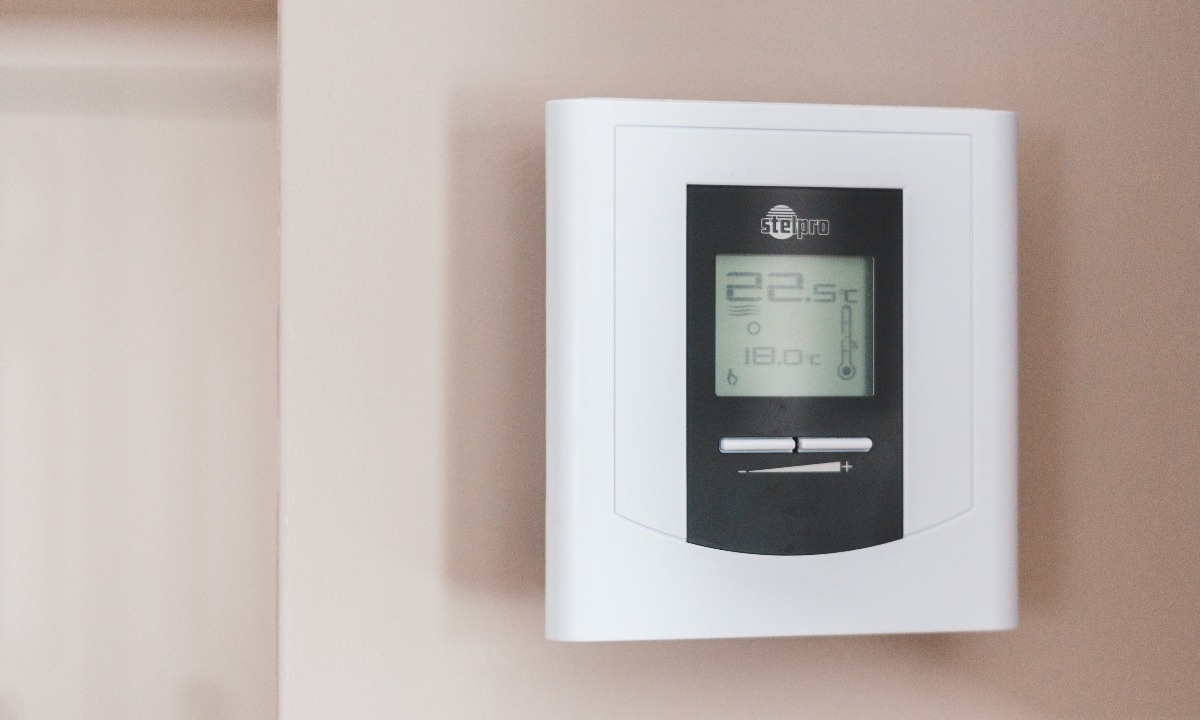
South Australia’s seasonal weather has the power to turn even the most blistering hotbox into an icebox overnight, making the household fight over the thermostat pricey.
With many homebuyers seeking a way around this, passive solar design has become a popular feature in premium properties.
All thanks to the sun, wind and considered design, passive heating and cooling is the most cost-effective and eco-friendly way to overcome weather extremes in the home.
Scholz Vinall Principal Architect Oli Scholz says the luxury of passive solar design makes it a worthwhile addition to any home.
“When we talk about [passive solar design], we always talk about energy efficiency,” says Oli.
“But, it’s not just about performance, it’s also about a comfortable lifestyle.”
Though passive solar design will differ for every home depending on your location, here are the essential features:
1. North-facing orientation
Oli says you should position your home’s living spaces to take advantage of the sun to get the most out of passive solar design.
This also means you should situate your utility areas in a west or southwesterly position.
“It’s best to have the right orientation, with the home facing as north as possible,” says Oli.
“You also want the least amount of the home west facing to avoid getting that late afternoon sun.”
Though Oli says homes situated to exploit coastal views may struggle with this positioning, sun-screening devices can be beneficial to block out unwanted sunlight.
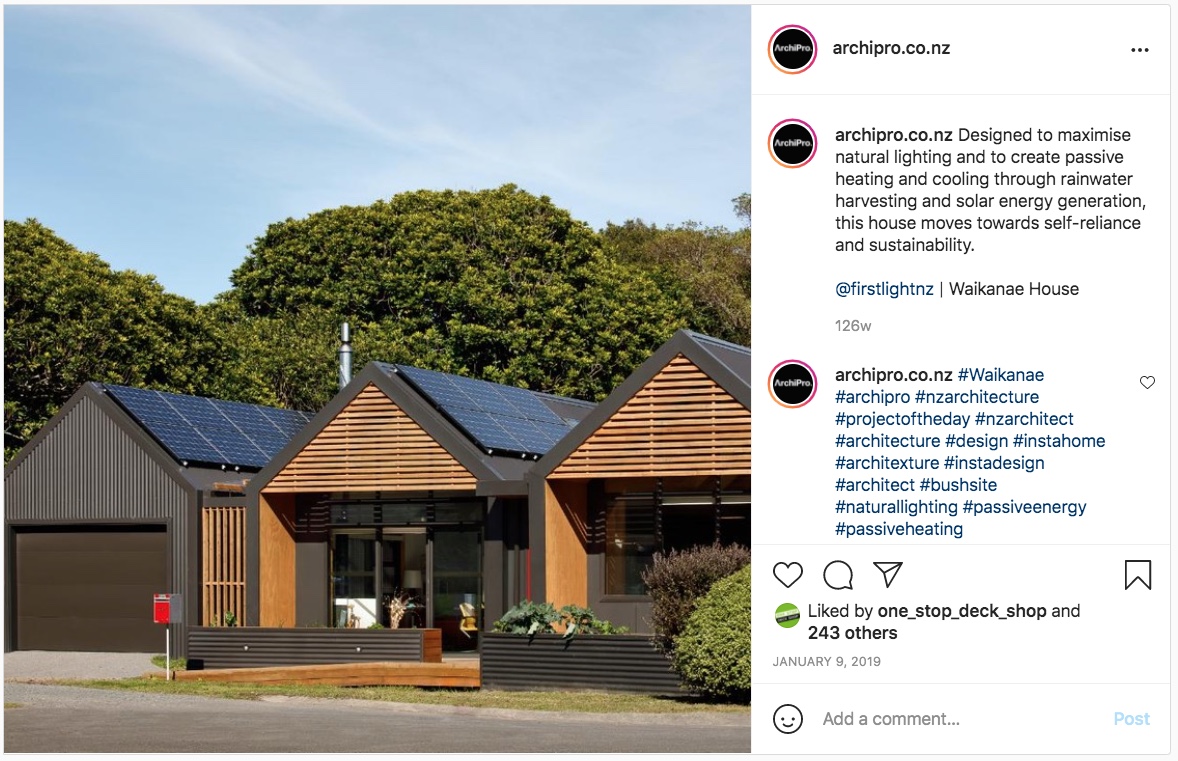
2. Appropriate window size and glazing
Architects in the ’80s and ’90s quickly learnt large windows were the best way to heat a room, but they also meant huge heat loss in the evening.
As a general rule for effective passive solar design, windows should be 20 per cent of the floor area.
Oli says to prevent heat escaping your naturally warm abode you should glaze your windows appropriately depending on your climate zone.
“Windows should be double glazed to prevent heat loss,” says Oli.
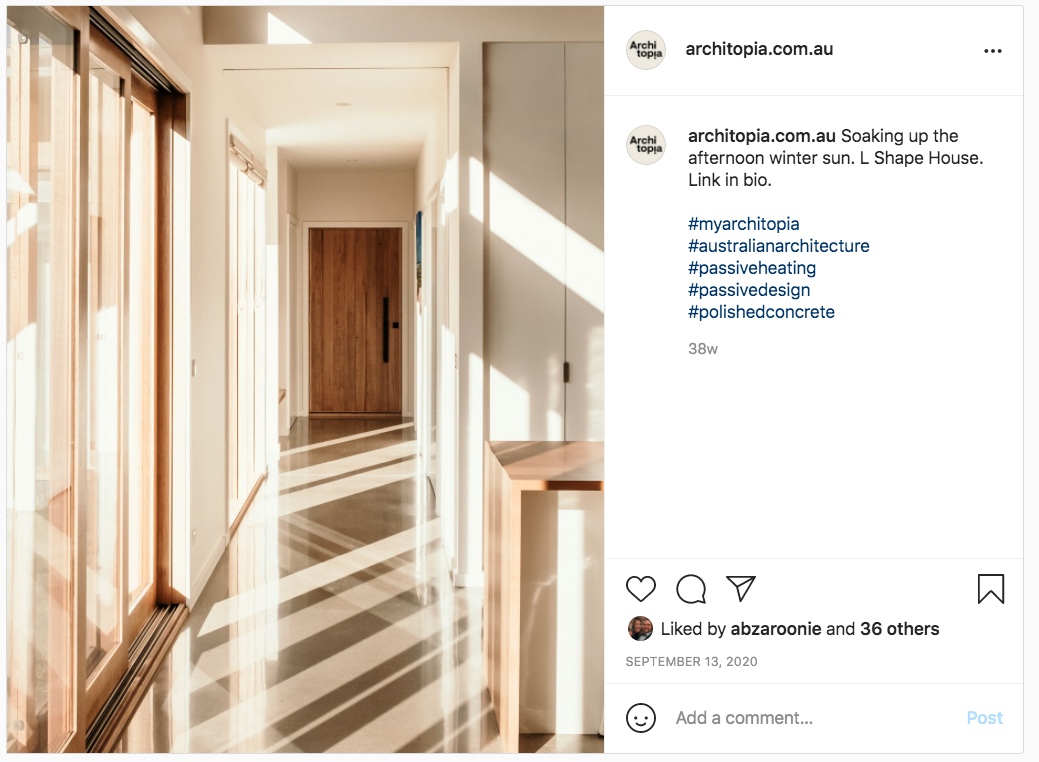
3. Insulation
As well as window glazing, Oli says insulation such as mineral wool is a cost-effective, heat-retaining solution.
“You want to insulate your home properly and, this can be done with easy to install products,” says Oli.
“By sandwiching the cabling and the plumbing in between [the insulation] so it sits in the middle, heat will be retained properly.”
Insulation can be added to ceilings, floors and walls to ensure your home is kept warm in winter and cool in summer.
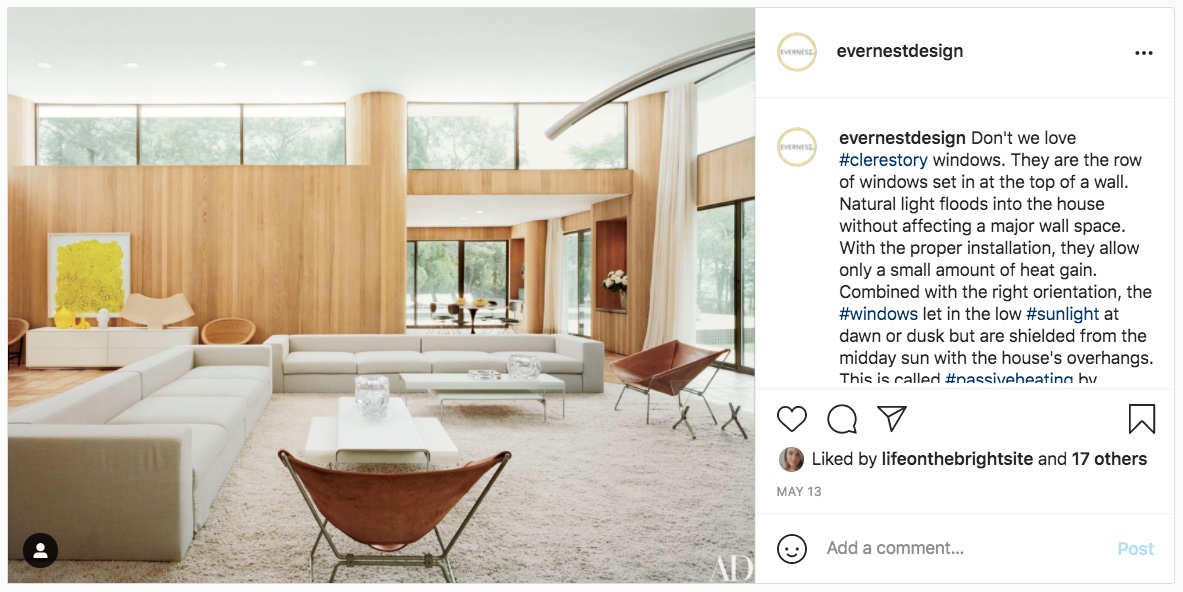
4. Air-flow enhancers
Oli says sufficient ventilation including cross-ventilation aids in cooling your home appropriately.
“In places like the bedroom, ideally you should have two windows to circulate air,” says Oli.
“In renovations, you can use a VELUX window, a roof window, that gets put in between the rafters and, then you kind of fold your ceiling panel to make it like a [air] funnel.”
In this instance, you can also install ceiling fans to circulate air evenly.
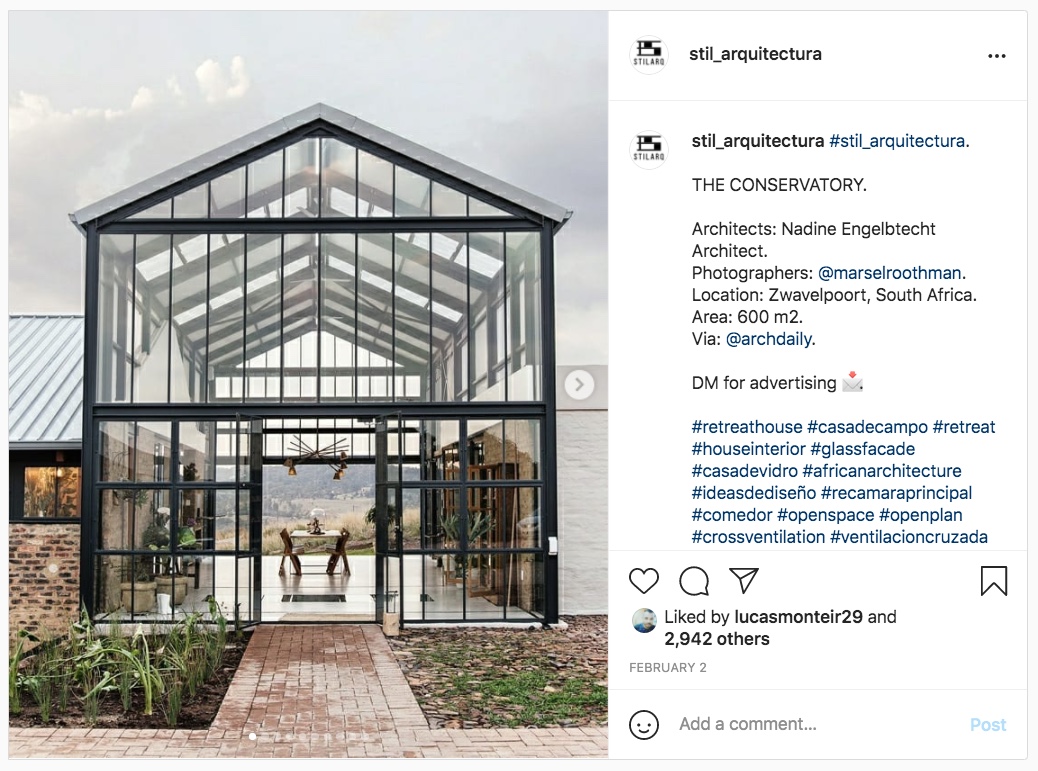
5. Appropriate shading
With sunlight being the biggest player in passive heating, summer sun direct onto your windows can be problematic.
Adelaide Green Homes Owner Daniel Morton says awnings play a vital role in passive heating and cooling.
“If you’re in a really windy area, you wouldn’t want to use a metal or timber [awning],” says Daniel.
“If you’re somewhere that hasn’t got bad wind, then you just use a pull-out material, basically like a shade cloth.”
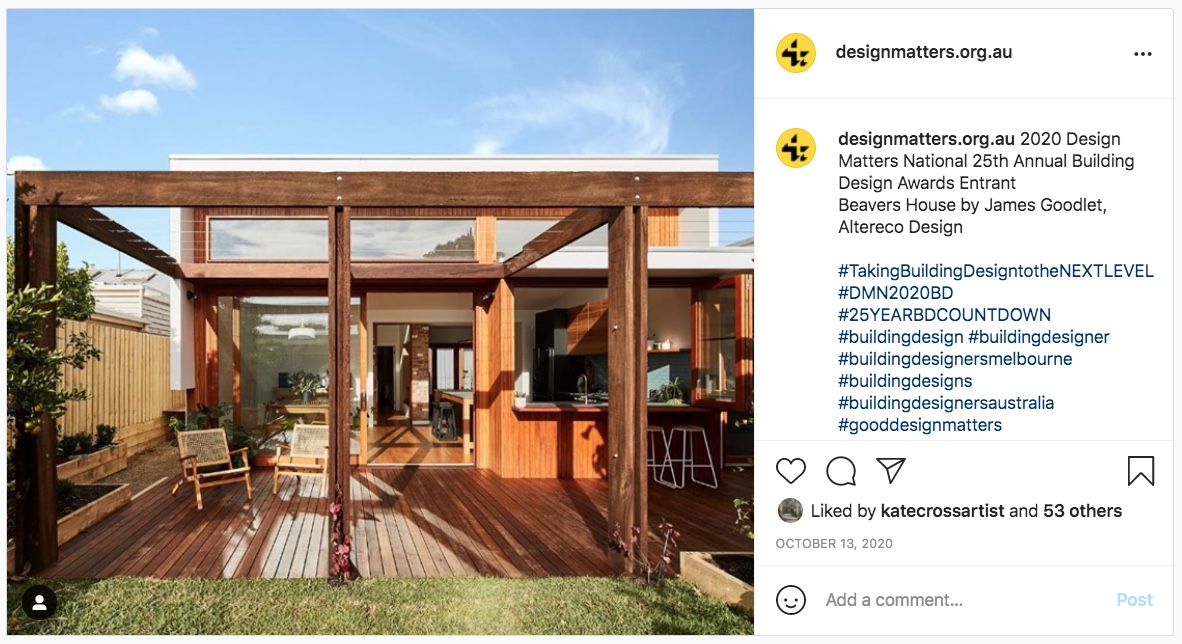
6. Season suitable vegetation
Daniel says your windows and shading also depends on the landscape of your home.
As a result, surrounding vegetation is a great means to heat and cool your home.
“You should look to putting plants that shed their leaves in the winter to let the sun through, and then in summer, they bush up and shade the home.”
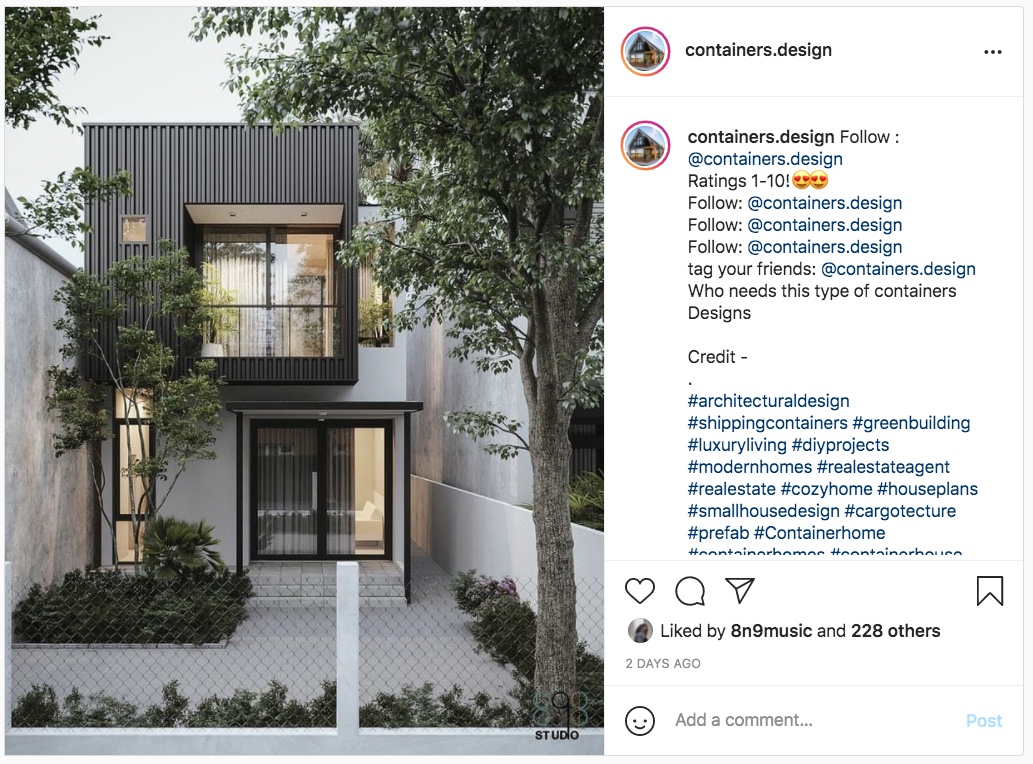
7. Thermal Mass
Though putting a giant slab in the middle of your home all in the name of passive design can be daunting, Daniel says there are many ways a thermal mass can be added to retain warmth.
“It’s best to do reverse brick veneer block or a polished concrete,” Daniel says.
“Because it is a mass, it doesn’t change in temperature much, if it’s a hot day outside in the house, it’ll kind of help it stay a constant temperature because that mass won’t change much because it’s so dense.”
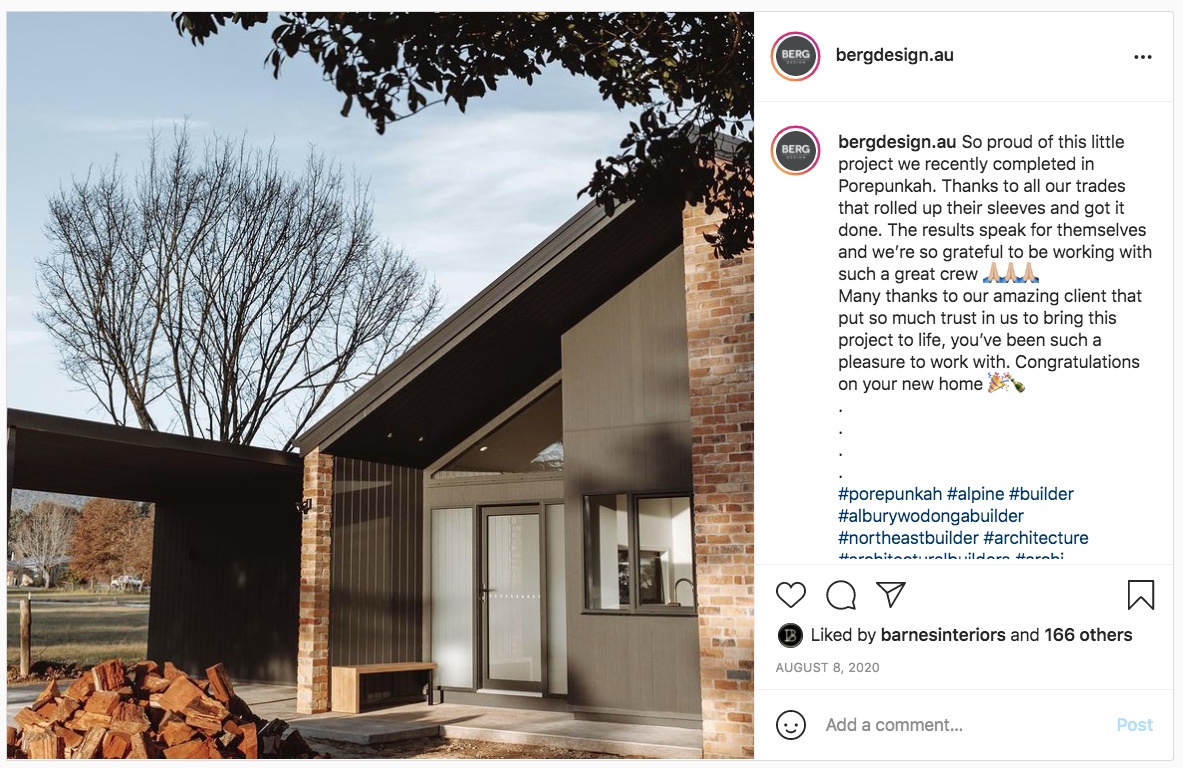
8. Weather Seals
As air leakage is responsible for 15-25 per cent of heat loss in buildings throughout winter, airtight seals are a feature which you shouldn’t overlook.
Weather seals are also one of the easiest features to install when renovating and Daniel says there are plenty of materials to choose from.
“To seal, we use all sorts of materials, from weatherproof membranes to cork with silicones, but there are lots of different ways to do it.”



